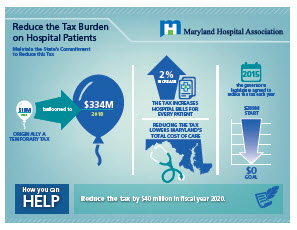Inguinal Vs. Umbilical Hernia Discomfort: Remarkable Differences Explained

Hernia Pain Killer Created By-Ball Vognsen
When it comes to hernias, recognizing the distinctions hurting between inguinal and umbilical kinds can be crucial for your wellness. You may observe that inguinal hernia pain commonly hits you in the groin, while umbilical hernia discomfort centers around your tummy switch. Each has its special triggers and sensations. Interested about just how these distinctions affect therapy alternatives and management techniques? Let's explore further.
Recognizing Inguinal hernia Pain
When you experience inguinal hernia pain, it can feel sharp or dull, typically escalating with particular activities like lifting or straining. This discomfort generally happens in the groin location, where the hernia kinds.
You might see a lump or swelling that comes to be a lot more pronounced when you're energetic. Occasionally, the discomfort can emit to your reduced abdomen or internal upper leg, making movement unpleasant.
It is necessary to take note of coming with symptoms, like nausea or vomiting or throwing up, which might show difficulties. If the discomfort lingers or aggravates, seeking clinical guidance is important.
Early intervention can assist take care of discomfort and avoid more problems. Keep in mind, comprehending your body's signals is essential to attending to inguinal hernia discomfort properly.
Exploring Umbilical hernia Discomfort
Although umbilical hernia discomfort can vary in intensity, it usually offers as a recognizable discomfort around the tummy switch area.
You might feel a boring pain or a sharper feeling, specifically when you're raising heavy objects, coughing, or stressing throughout defecation. https://www.generalsurgerynews.com/Journal-Watch/Article/08-21/Journal-Watch-Recent-Articles-in-Hernia-Repair/64283 may also enhance when you're meaning long periods.
Sometimes, you can observe swelling or a bulge near the hernia website, which can come to be extra pronounced when you're active. If you press on the location, it may really feel tender or sensitive.
While the pain can be mild, it's necessary to take note of any kind of changes. If it becomes serious or consistent, seeking clinical advice is critical to attend to any type of prospective issues.
Contrasting Signs and Treatment Options
Both inguinal and umbilical hernias share some common symptoms, yet they also present unique attributes that can help distinguish between both.
You may see a lump in the groin for an inguinal hernia, typically accompanied by pain or discomfort, specifically when raising or straining.
On the other hand, an umbilical hernia commonly appears as a lump near your tummy switch, which might be more visible when you cough or laugh.
When it concerns therapy, both types often call for surgery, but the technique might differ.
Inguinal hernias generally include a much more complex repair as a result of their area.
Umbilical hernias can be simpler to fix.
Always seek advice from a healthcare professional for customized guidance and treatment options.
Conclusion
Inguinal and umbilical hernias may appear comparable, but their discomfort characteristics differ significantly. By recognizing these distinctions, you can much better recognize your signs and look for ideal therapy. If you experience sharp pain in the groin or hurting around your belly button, it's important to get in touch with a health care specialist. Early intervention can aid handle your discomfort successfully and avoid problems. Remain educated regarding your body, and do not think twice to connect for suggestions when required.

